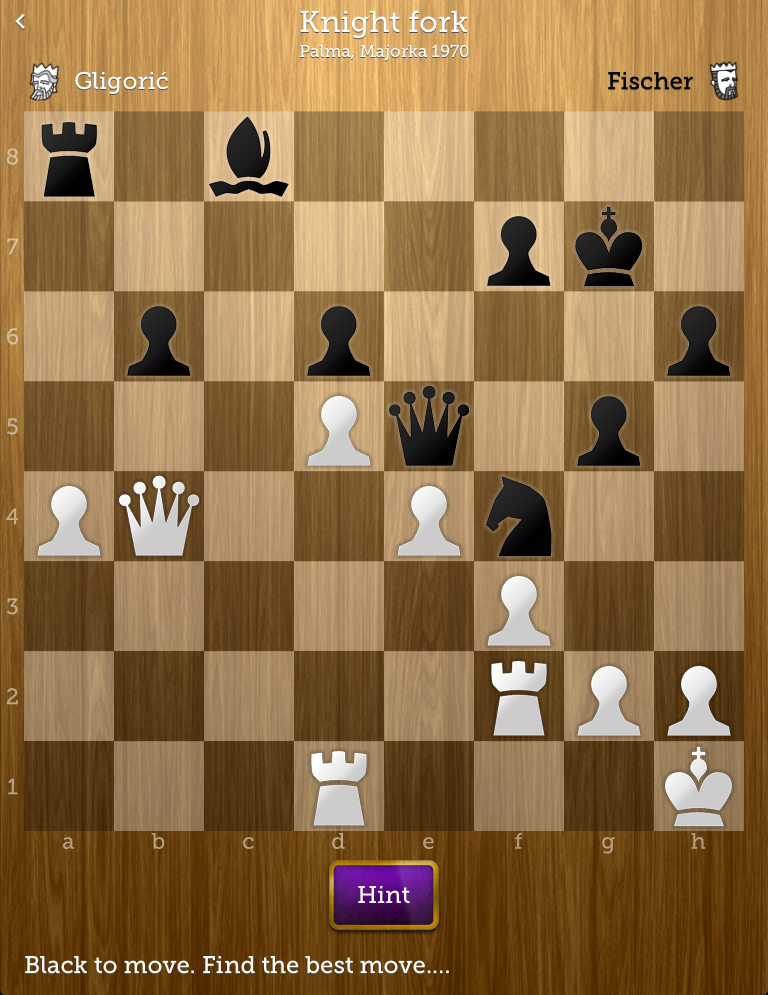

We briefly review how characters have been controlled in such domains and some work where RL/MARL have been applied for solving these problems. The applications that MARL can be considered most applicable to are crowd simulation, strategy games such as Starcraft II, two-player competitions such as martial arts or fighting, and collective sports such as football. Despite being a popular theoretical field for reinforcement learning researchers, we find that MARL is still in its infancy in the graphics community, perhaps due to a lack of clear applications of the framework. In this section we review some important research applications for multi-agent reinforcement learning in graphics. Moreover, since each agent learns by maximizing individual return, the environment can be cooperative, competitive or both for MADDPG, which makes it an algorithm with wider range of application. Also, each agent has its own policy that only takes its local observations as inputs and generate actions in a deterministic way, which make it capable of dealing with continuous action spaces. It can be modelled as a Markov game with the tuple \(\langle N, S, A, R, P, O\rangle \), where N is the number of agents, S is the set of the true states, \(A = \\) or a central critic that considers the joint actions and joint observations or states, MADDPG allocates critics that consider extra information, such as observations and actions from other agents, to every single agent, as shown in Fig. When multiple reinforcement learning agents interact with the same environment, the environment becomes a multi-agent system and multi-agent reinforcement learning algorithms are applied. We finally discuss some future direction of the research. We then review recent papers that apply MARL for multi-character control and related topics. Starting from the basics of RL, we then extend this to cover MARL in a centralized training and decentralized execution. In this paper, we review the basics of MARL, especially in a scenario for controlling characters in a real-time scenario. Amazing results where the agents are intelligently controlled to play football , hide-and-seek and autonomous driving have been achieved. Such algorithms are also being applied in the field of simultaneous multi-agent control, which is categorized in the area called multi-agent reinforcement learning (MARL).
CHESS STEPS METHOD PDF SERIES
The idea of DRL has been applied to terrain running in 2D and 3D , tracking human motion capture data , video motion tracking and synthesizing an optimal series of motions for achieving a task . Especially with the introduction of deep reinforcement learning (DRL), the scale of the learnable systems in terms of generalization and data size has massively grown . Recently, there is growing interest in building more intelligent character control by making use of algorithms such as reinforcement learning . Although such methods are forming the foundation of multi-character controllers, the intelligence of the characters is limited due to the simplicity of the rules or the high computational complexity. Before the deep learning era, researchers have focused on designing hand-tuned controllers or optimization-based approaches . There are a wide range of applications of which include autonomous driving , swarm robotics control in warehouses , NPC control in computer games and background character control in films .Įspecially in computer animation, starting from the landmark research of the boids model by Reynolds for animating flocks of birds and schools of fish, extensive research has been done for crowd animation and close character interactions . Controlling multiple agents under adversarial and cooperative scenarios has been a research topic that has been intensively pursued by researchers in artificial intelligence, computer graphics and robotics in the past few decades.


 0 kommentar(er)
0 kommentar(er)
